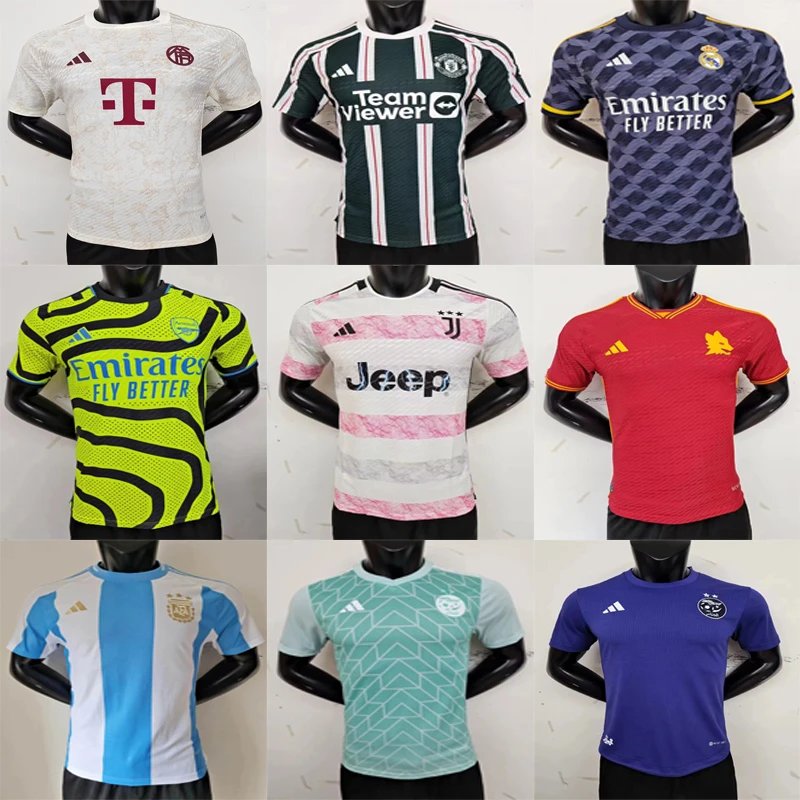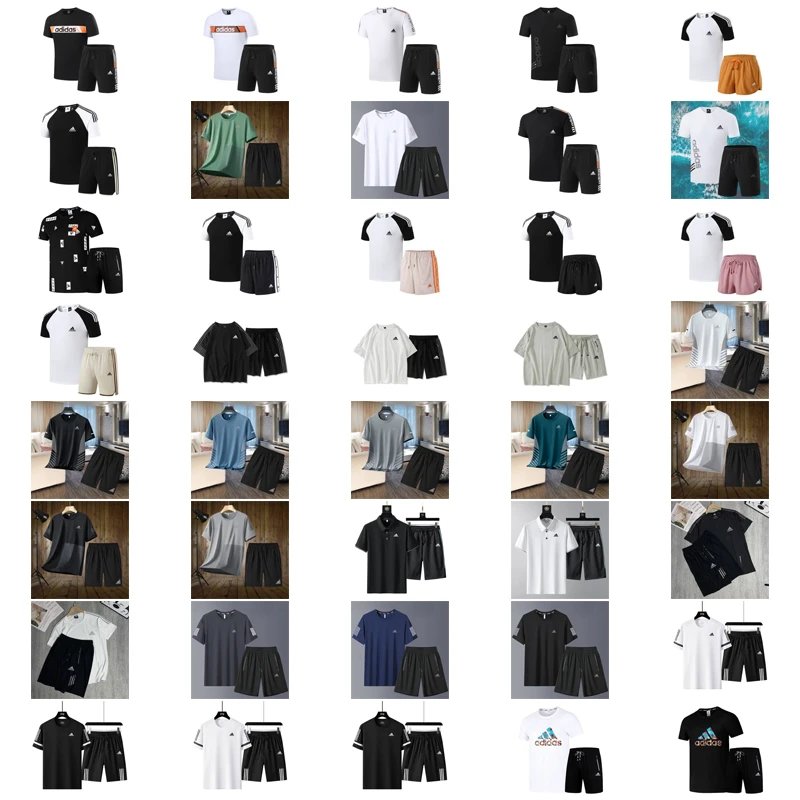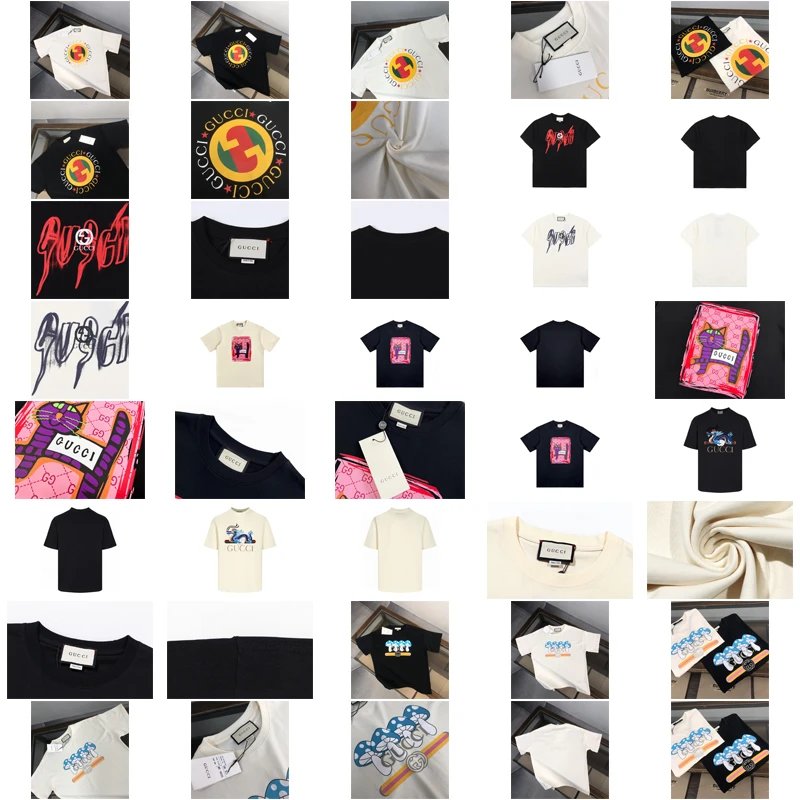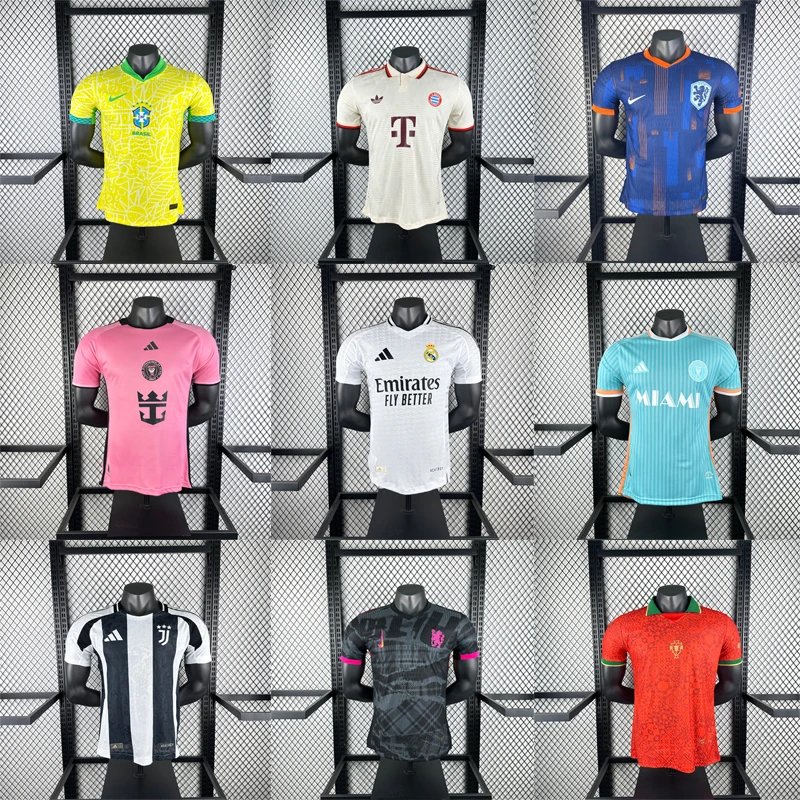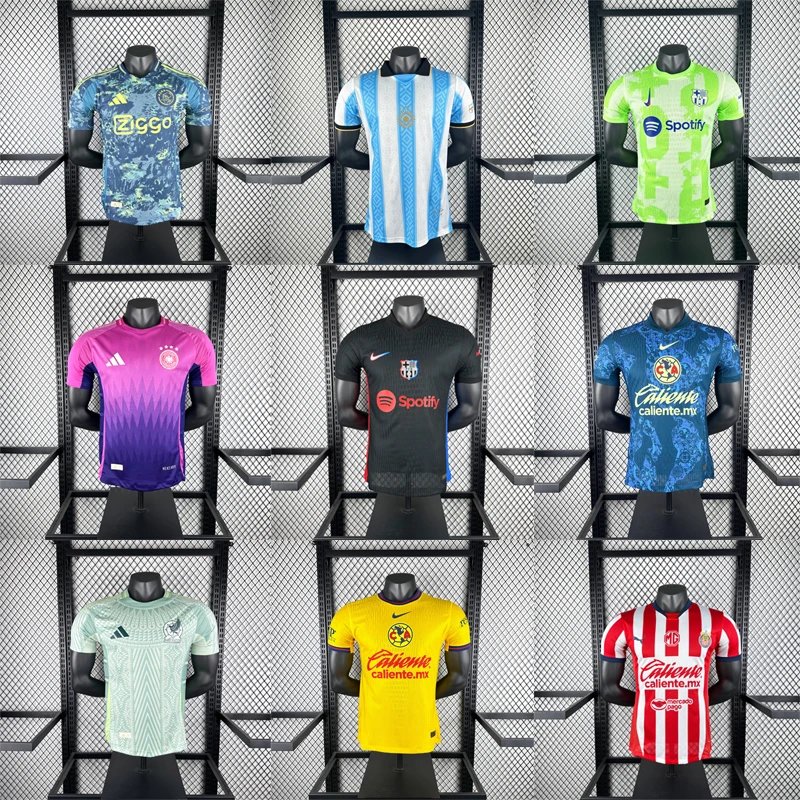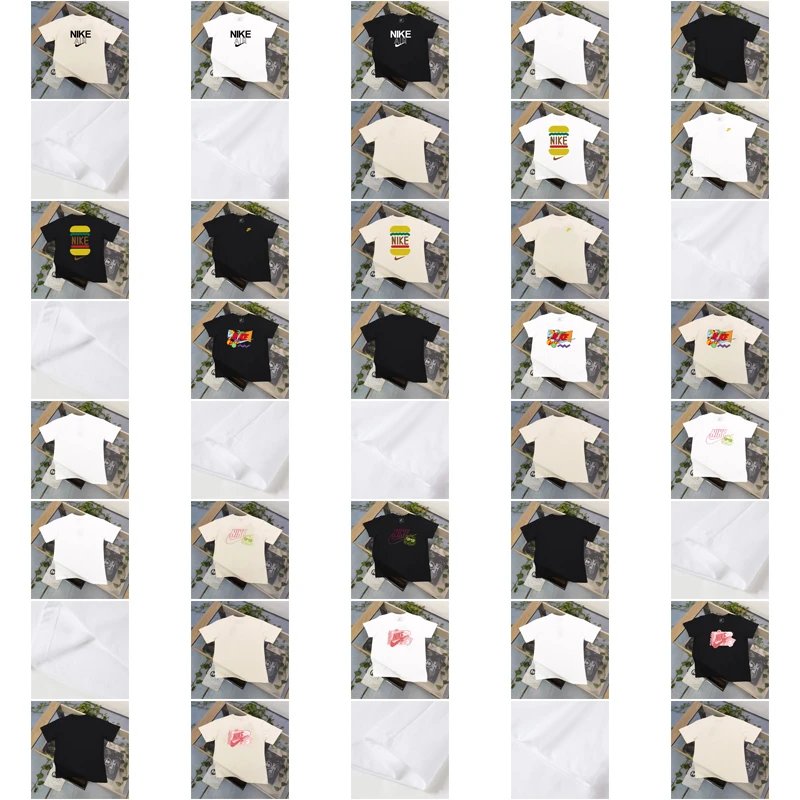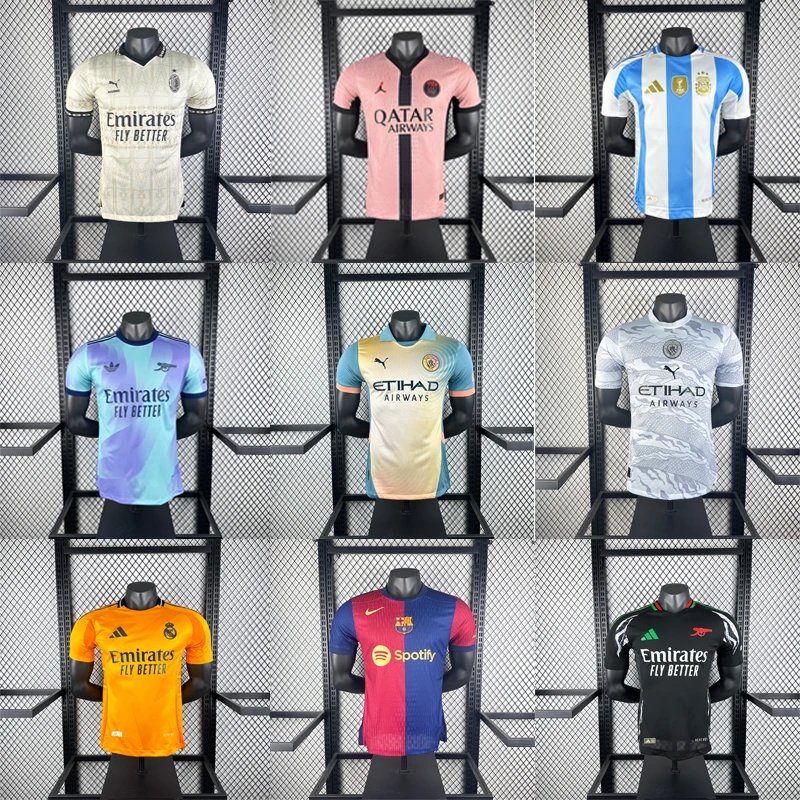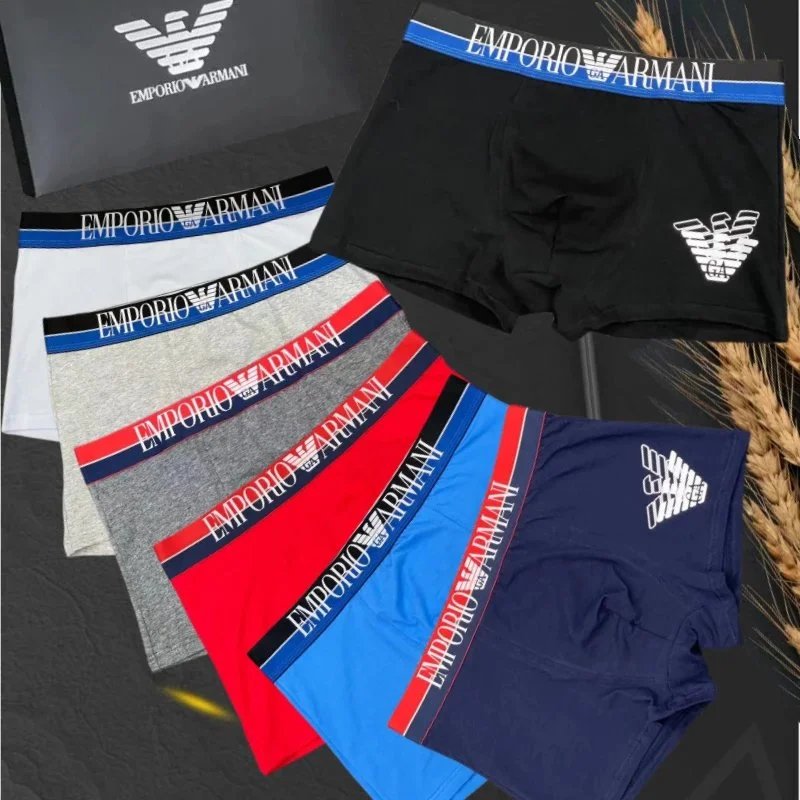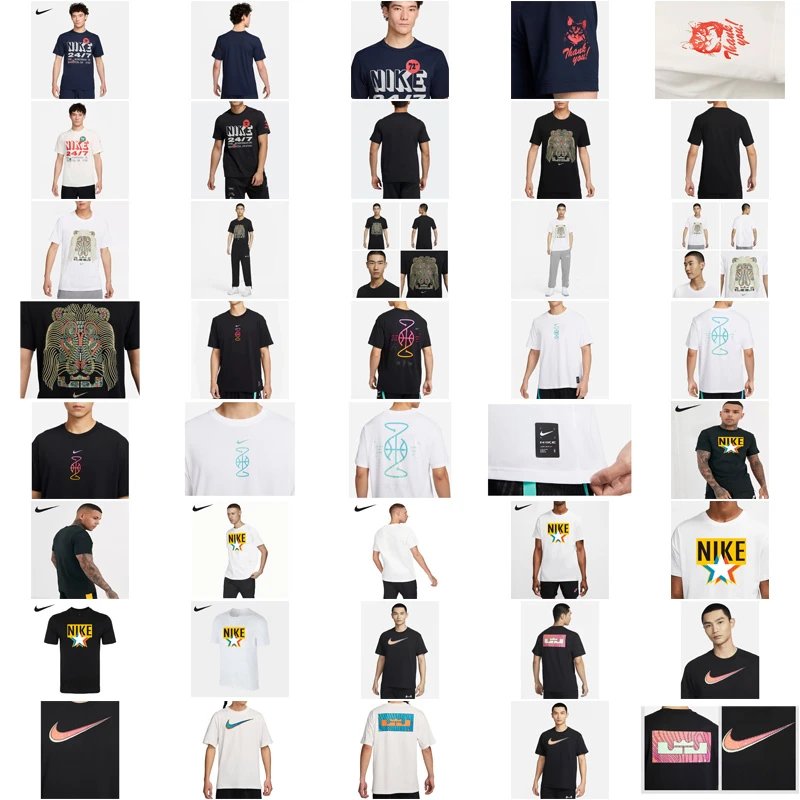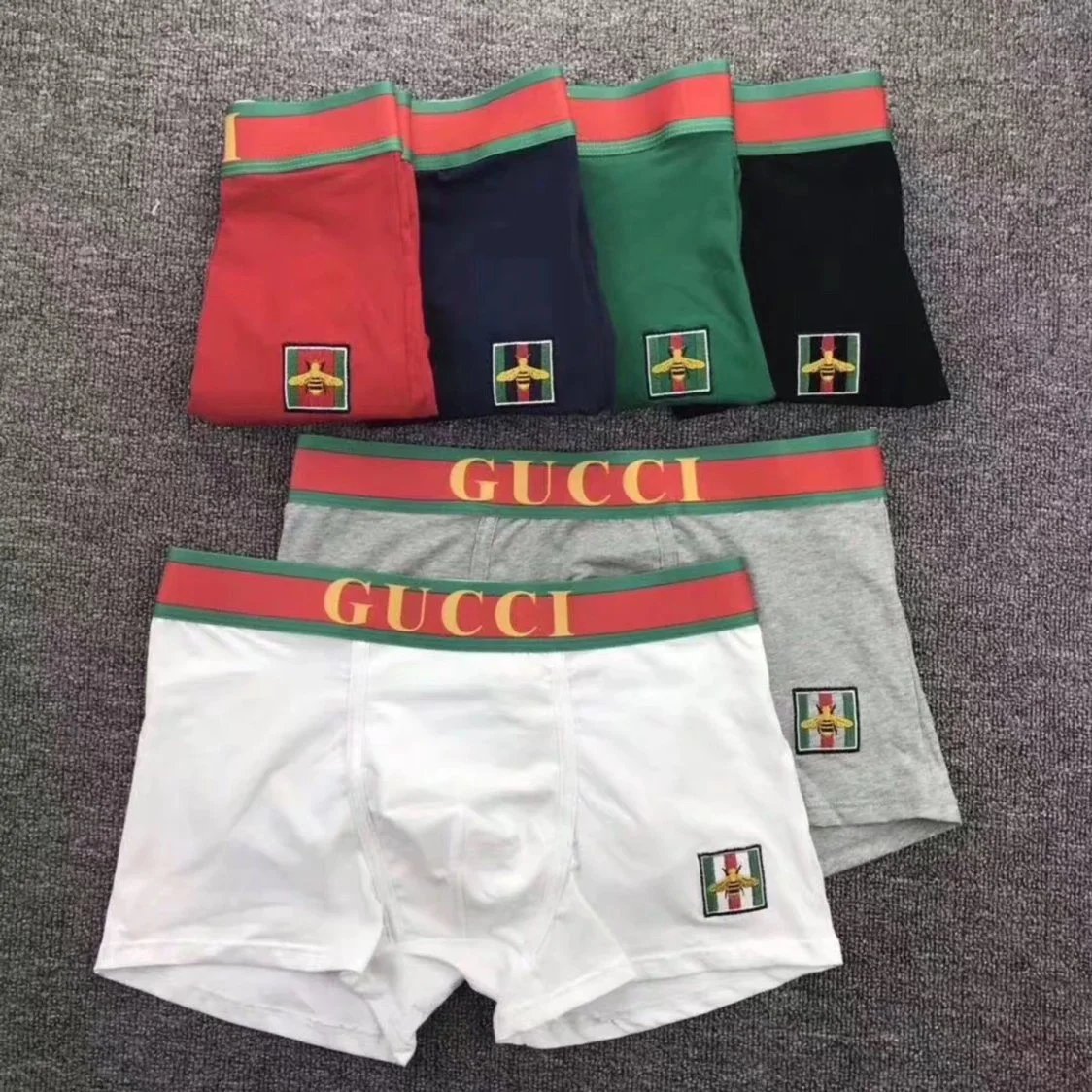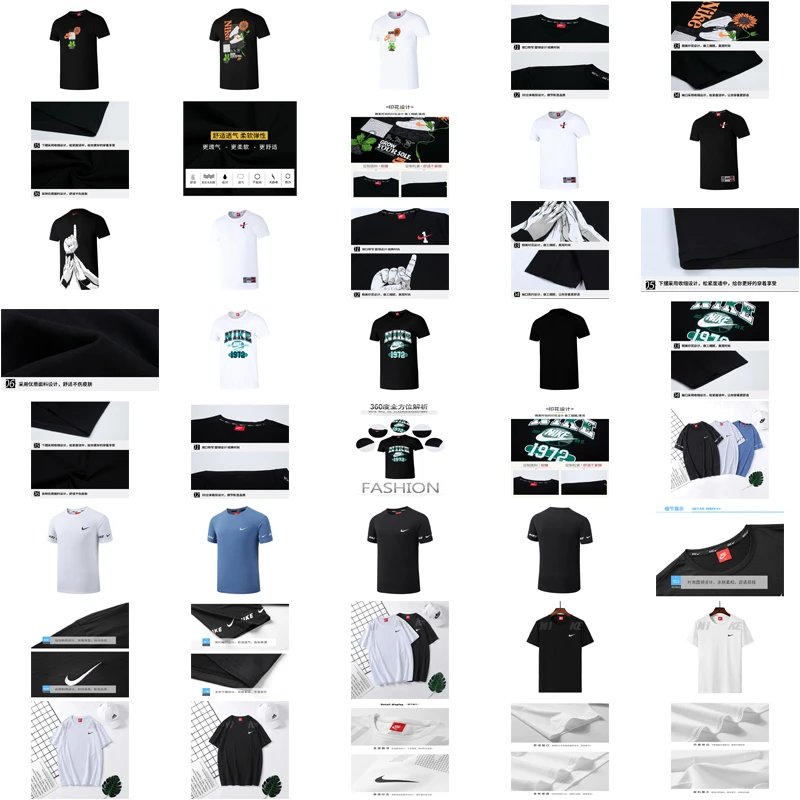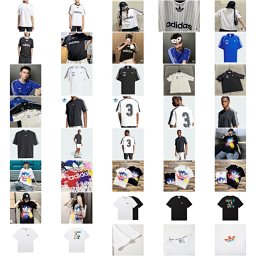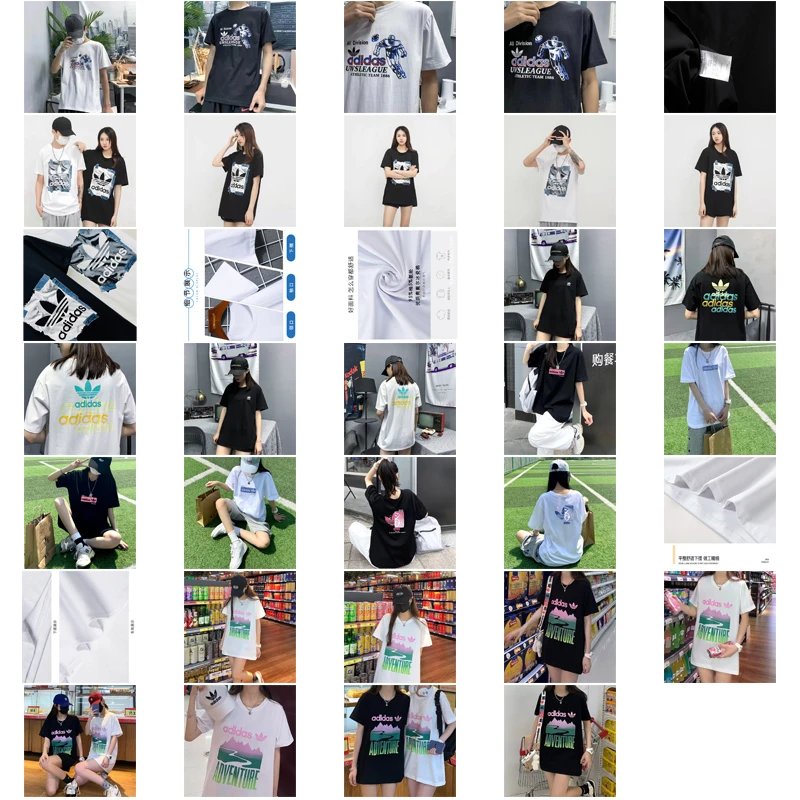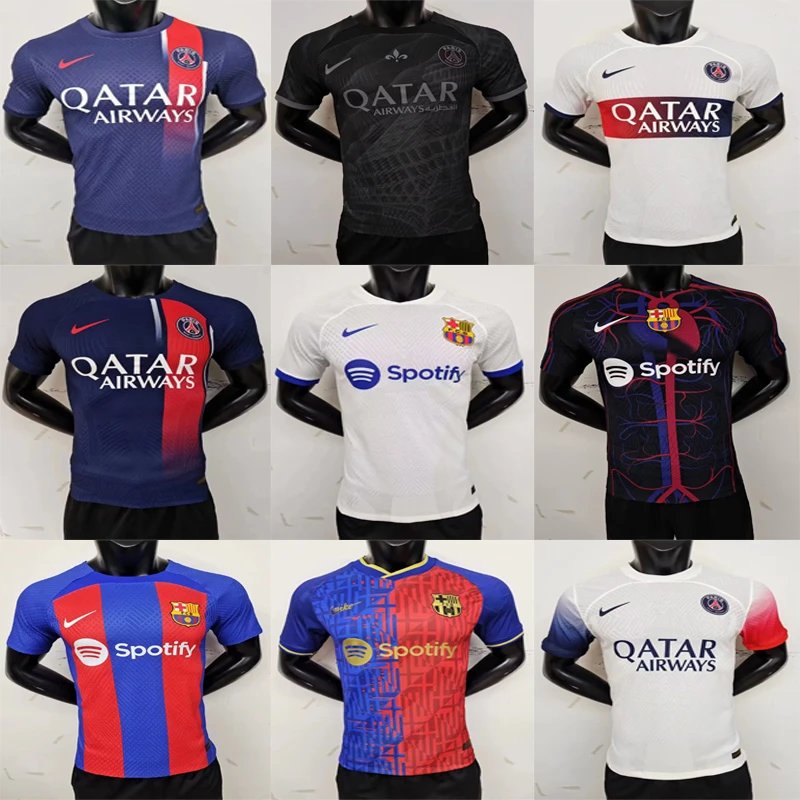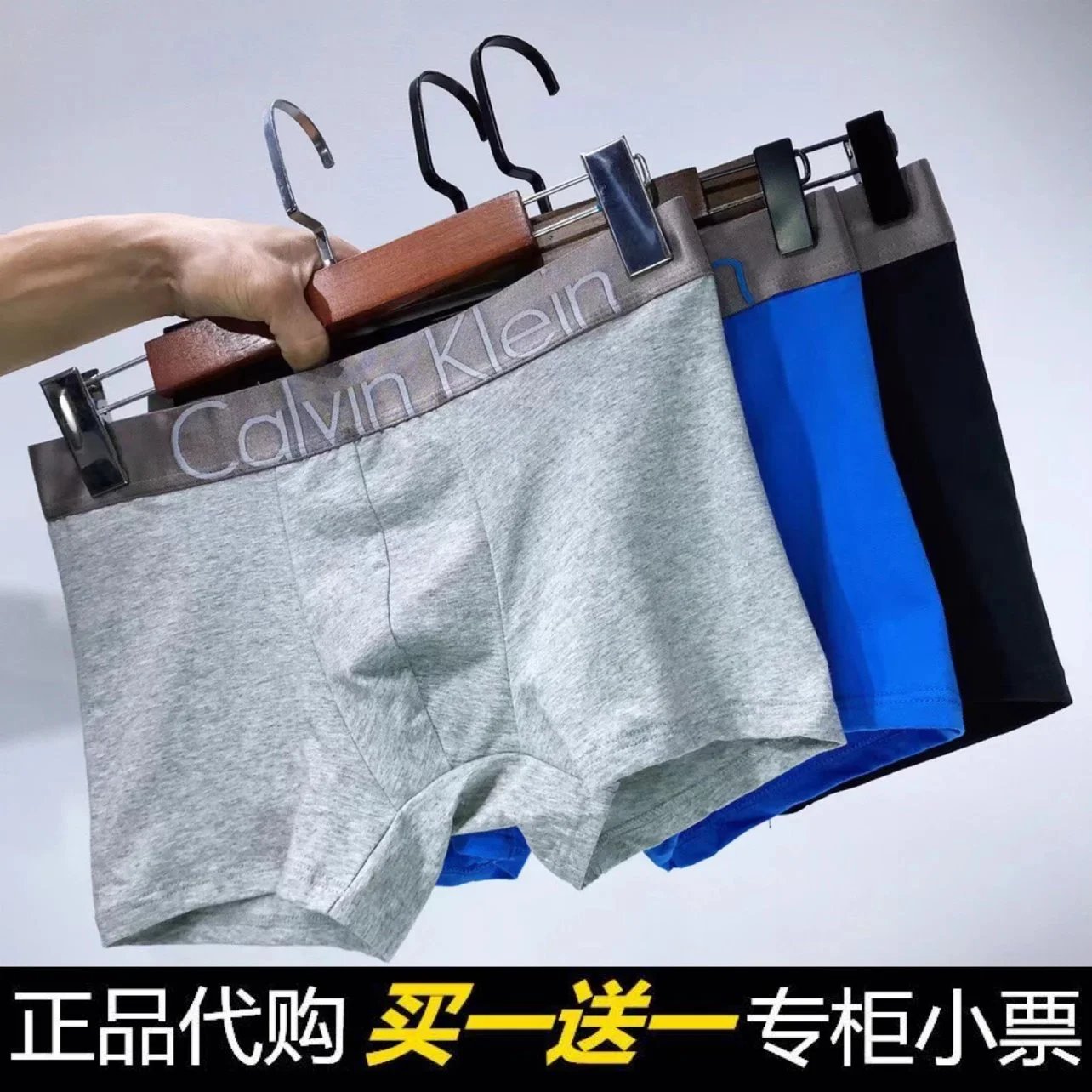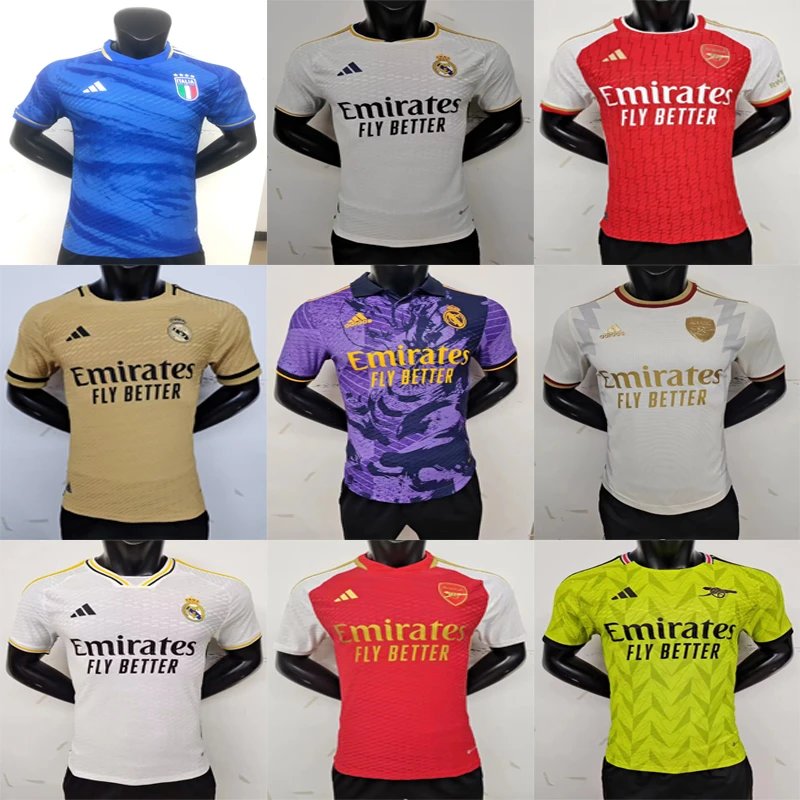MuleBuy vs TangBuy: Which China Agent Platform is Right for You?
Navigating the landscape of China-based shopping agents can be challenging. MuleBuy and TangBuy are two prominent platforms facilitating international purchases from Chinese online stores like Taobao, 1688, and Tmall. While both services connect global shoppers with Chinese goods, they adopt fundamentally different approaches in their service models.
The core distinction lies in their operational philosophy: TangBuy favors a full-service, one-click approach primarily targeting beginner shoppers, whereas MuleBuy emphasizes user-driven, flexible purchasing workflows that appeal to experienced buyers seeking control.
| Aspect | TangBuy | MuleBuy |
|---|---|---|
| Target Audience | Beginner international shoppers, users unfamiliar with Chinese e-commerce | Experienced buyers, resellers, users who prefer direct store selection |
| Product Submission | Product name/description-based searches, mostly done by customer service | Direct Taobao/Tmall/1688 product link submission by users |
| Searching Requirement | Minimal - platform assists in finding products, does typing/identification | Advanced - users must locate specific product links themselves before submitting requests |
| Platform Flexibility | Standardized processes and limited search customization available per request | Multiple order types supported: Try-before-you-buy available (product inspection), standard and more purchasing options |
| Advanced Services | Few, easily bundled less complex purchases with simple submission | Haul consolidation focused; often better for large batches/custom inquiries |
| Operation Complexity | Low - emphasizes one-stop service and reduced buyer responsibility during searching phase | Medium to High - greater freedom/autonomy over each order requires more user participation |
| Pre-sales Support Approach | High engagement - customer service typically initiates discussions about recommendations/ alternatives after users describe what they need via key terms | Link/Auto-driven - negotiations/specifications conducted attached to provided product link inquiries; supports autonomy-forward purchasing |
| After-sales Support/Claim Handling | Aims for quick issue resolution post-purchase in supervised manner under policies | Hierarchal protections; final weight = stronger say in price review/under operator-centric discretion often advantage on bulk commodities |
| Communication Channel Efficacy | Tends to accommodate hurried shoppers searching for time-saving substitutions | Primarily suitable calculating logistic pros knowing items before inquiring check services quality potential option engagement levels provided operation hours |
Key Differences Breakdown
1. User Base and Service Philosophy
TangBuy
MuleBuy
2. Submission Method and Platform Freedom
TangBuy's submission process
MuleBuy's URL-based submission
3. Operational Complexity and Learning Curve
TangBuy significantly reduces
MuleBuy's complexity
4. Customer Support and Dispute Strategy Pre/Post Purchase
TangBuy fosters dialog-intensive communication.
MuleBuys implements complex enhancement privileges.
Conclusion: Choosing the Right China Shopping Agent for Your Needs
Choose TangBuy if you:
- Are new to purchasing from Chinese e-commerce platforms
- Prefer describing items rather than finding specific product links
- Value time savings over granular purchasing control
- Need assistance identifying viable alternatives when original requests are unavailable
- Seek a simplified, concierge-style shopping experience from China
Choose MuleBuy if you:
- Have experience with Taobao, Tmall, or 1688 navigation
- Regularly purchase specific items and can provide direct product links
- Require exact control over seller selection and product versions
- Need advanced services like product inspection before international shipping time effective logistic carrier sometimes etc.
- Are planning large bulk purchases where marginal cost savings add versus risk/reward tolerance support expectation.
Your optimal choice depends entirely on your technical comfort with Chinese e-commerce platforms and desired involvement level. Beginners appreciate TangBuy's hand-holding approach, while experienced shoppers benefit from MuleBuy's transparency and control despite its additional operational requirements. Both platforms effectively bridge international shopping gaps yet through markedly different service implementations catering to distinct user segments.
